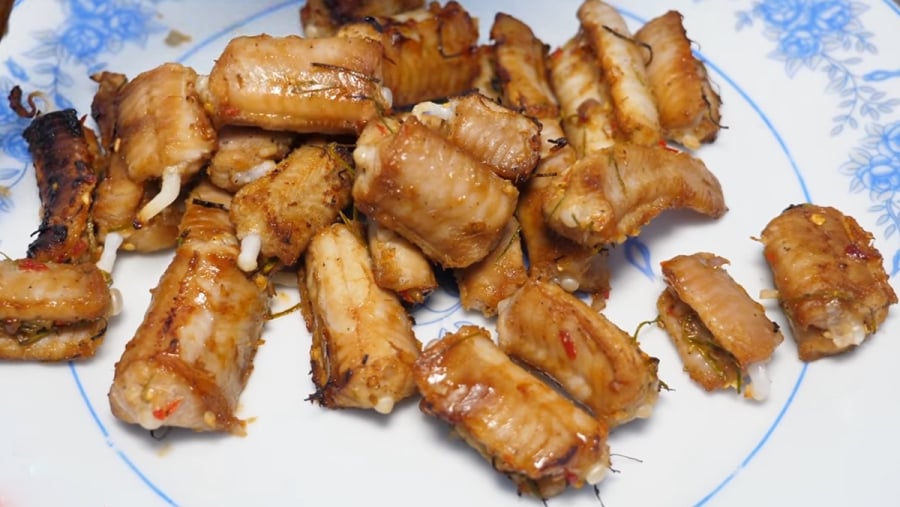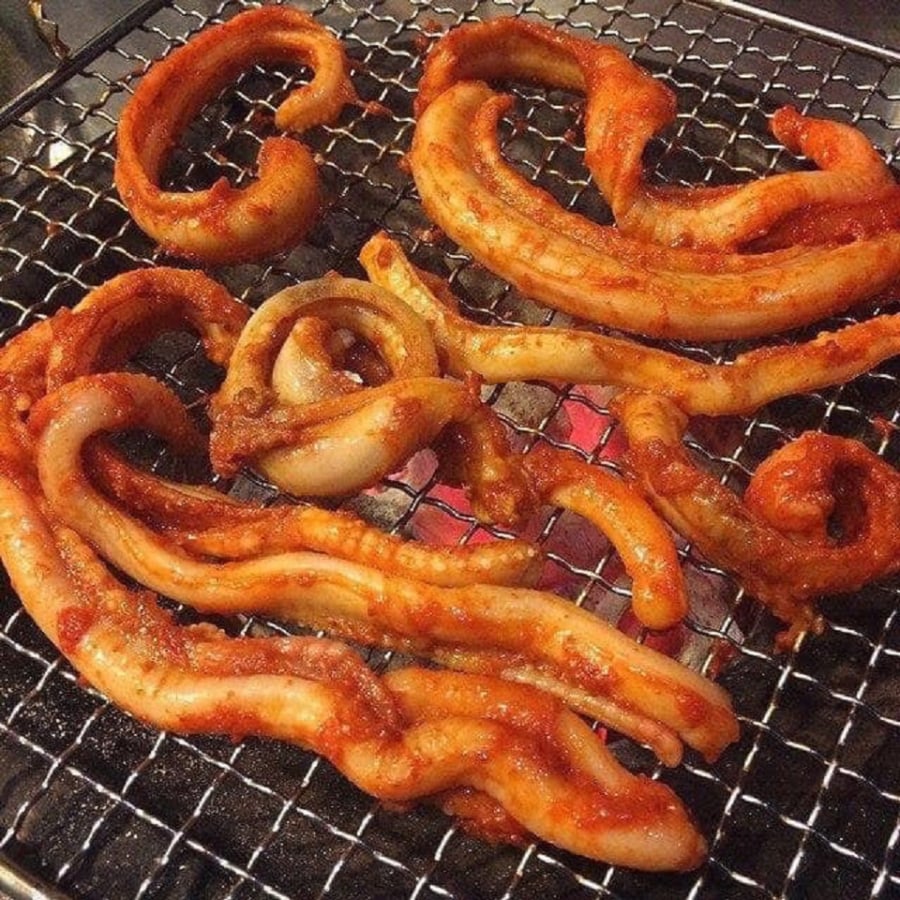An Unlikely Delicacy: The Stone Suckerfish’s Alluring Flavors
At first glance, the stone suckerfish, or “ninja fish” as it is colloquially known, may evoke reactions of it being an “alien-like creature.” With its sleek, scaleless body and a cartilaginous structure instead of bones, this fish bears little resemblance to its conventional counterparts.
Inhabiting the deep sea floors at depths ranging from 500 to 1,000 meters, stone suckerfish are commonly caught by fishermen in the central regions of Vietnam, particularly in provinces such as Khanh Hoa, Binh Dinh, and Phu Yen. Due to its unusual appearance, it was once considered unappetizing. However, when prepared correctly, this fish transforms into a mouthwatering delicacy that defies expectations.
Le Van, a trader at Cho Dam in Quy Nhon City, shares that stone suckerfish has gained popularity in recent years, especially during festive seasons and weekends. “People often cook it in hot pots, grill it with salt and chili, braise it with turmeric and ginger, or stew it with bananas. But the best way to enjoy it is by grilling, which preserves its natural crispness while retaining its sweetness,” she says.

A Crispy Surprise: “Cartilage as Delicious as Pork Ribs”
Contrary to its unusual exterior, the stone suckerfish’s meat surprises diners with its unique texture. Once the skin is removed, the white flesh is almost odorless. When cooked, the meat is tender yet slightly chewy, reminiscent of chicken, while the cartilage turns into a crispy delight, akin to grilled pork ribs.
Quoc Dat, a tourist from Hanoi who sampled this delicacy at a seafood restaurant in Quy Nhon, shares his experience: “At first, I was hesitant because of its unappealing appearance. But to my surprise, the fish tasted amazing. The meat was sweet, and the cartilage was crispy and flavorful, especially when grilled with saté—a fragrant and savory delight.”
One of the secrets to the stone suckerfish’s appeal lies in the marinade and grilling technique. After cleaning, the fish is marinated in a mixture of saté, five-spice powder, soy sauce, garlic, chili, and lemongrass for about 30 minutes. It is then grilled over charcoal, resulting in a charred exterior that exudes a mouthwatering aroma. The inside remains tender and moist, preserving the natural crispness and sweetness of the fish.

From Reluctance to Relish: The Stone Suckerfish’s Rise to Fame
Just a few years ago, the stone suckerfish was shunned due to its unattractive appearance. However, thanks to the ingenuity of local chefs and the power of social media food videos, this fish has gained notoriety.
Seafood restaurants along the central coastal regions of Vietnam have embraced this unusual catch, featuring it on their menus as a “deep-sea delicacy” or even renaming it as “ninja fish” to pique curiosity and make it more approachable to diners.
Tran Thi Hoa, a traditional food researcher, asserts, “The stone suckerfish is a rich source of protein and low in fat. Moreover, the cartilage contains natural collagen, which is beneficial for skin and joints. When prepared correctly, this dish is not only delicious but also highly nutritious.”

Tips for Enjoying Stone Suckerfish
Despite its delicious flavor, preparing stone suckerfish requires skill to retain its unique characteristics. As a deep-sea fish, it tends to have a strong fishy odor if not cleaned properly. In addition to removing the skin, it is essential to chop off the head and tail, using only the cartilaginous body for the best results.
Given its rarity, stone suckerfish commands a higher price than most common seafood options. Depending on the season, fresh stone suckerfish can cost between 180,000 and 250,000 VND per kilogram. Frozen stone suckerfish is also available on e-commerce platforms and specialty stores, priced at around 300,000 VND per kilogram.
Final Thoughts
Hiding in the depths of the sea, the stone suckerfish was once overlooked for its strange appearance. However, with its one-of-a-kind flavor, sweet meat, and crispy cartilage reminiscent of pork ribs, this fish is winning over palates across the nation. So, the next time you’re in central Vietnam, don’t judge this fish by its cover—give it a try and discover a delightful culinary surprise!





































